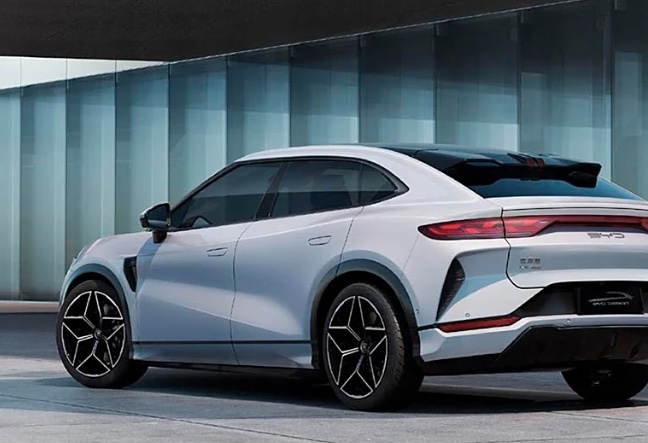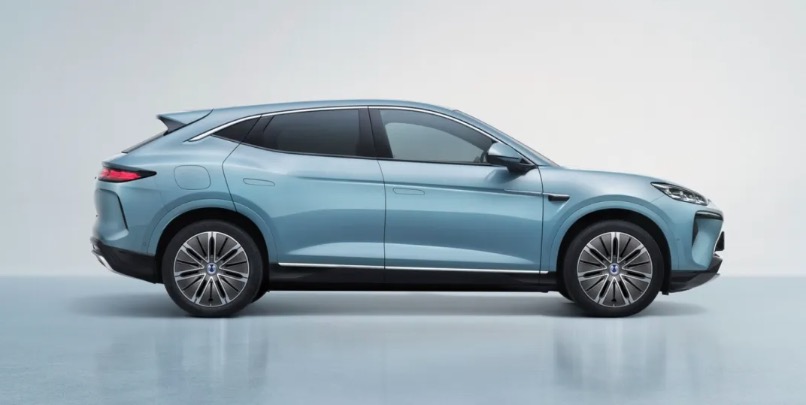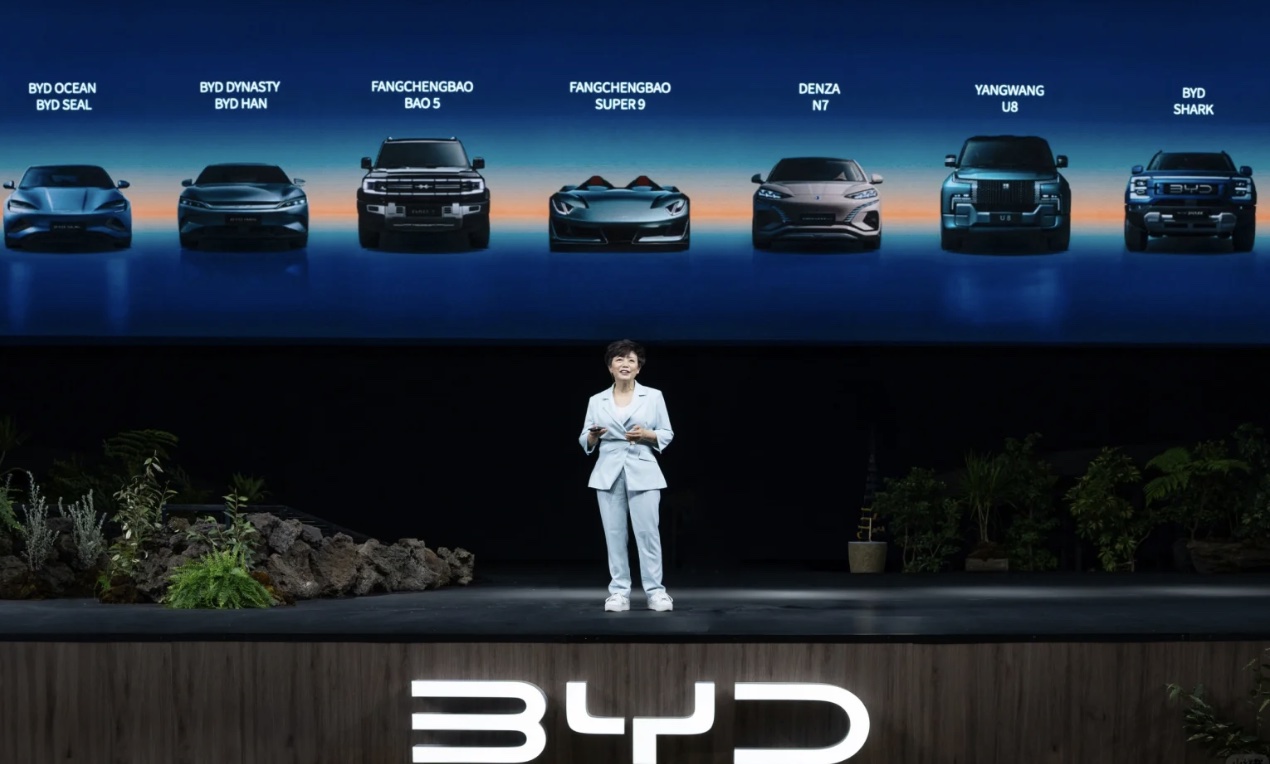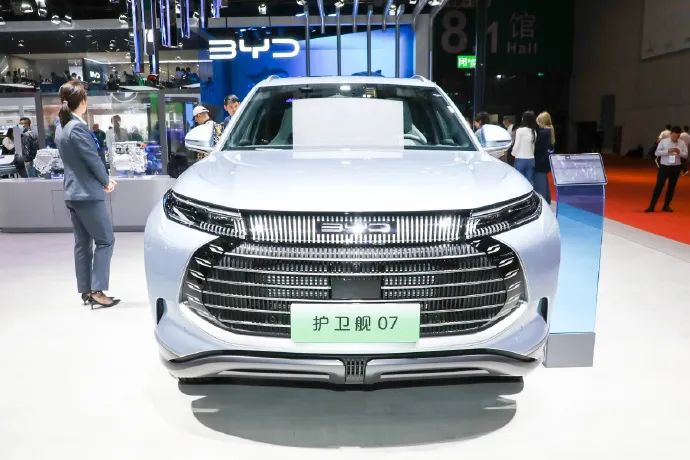On September 4, Reuters reported that, according to two sources familiar with the matter, BYD has lowered its 2025 sales target by up to 16%, reducing it to 4.6 million vehicles. The company is currently experiencing its slowest annual growth in five years, signaling that the era of record expansion may be coming to an end.
As China’s largest automaker, BYD had set a sales target of 5.5 million vehicles for 2025 earlier this year, but the sources indicated that this target has been adjusted multiple times internally over the past few months.
According to the sources, BYD internally communicated the new target of at least 4.6 million vehicles last month, including to some of its partner suppliers, to guide its future planning. They also noted that the target may be adjusted further based on market conditions.
While the sources did not provide a specific reason for the downward revision, one of them mentioned that BYD is facing increasing competitive pressure from rivals such as Geely and Leap Motor.
Last week, BYD reported a 30% year-on-year decline in quarterly profits, marking its first quarterly profit drop in over three years. As of now, BYD has not responded to the report.
Notably, this new target, which had not been publicly reported previously, is lower than the revised forecasts of several institutions. This week, Deutsche Bank projected BYD’s full-year sales at 4.7 million vehicles, while Morningstar forecasted 4.8 million vehicles.
If the new target of 4.6 million vehicles is achieved, BYD’s year-on-year growth will be just 7%, the lowest since 2020, when sales had dropped by 7%.
By the end of August, BYD had completed about 52% of its original 5.5 million vehicle sales target for the year.
In just a few years, BYD successfully transformed from a new player in the electric vehicle (EV) market into one of the world’s most important automakers. This was achieved through mastering most of its production processes, launching cutting-edge technology features, and effectively controlling costs. From 2020 to 2024, BYD’s sales of pure electric and plug-in hybrid vehicles grew 10 times, reaching 4.3 million units, putting its global sales scale on par with General Motors and Ford.
However, BYD’s growth slowdown is now evident, especially in its core market, China. The Chinese market contributes nearly 80% of BYD’s sales, and is currently in the midst of a years-long, fierce price war. In June, Reuters reported that BYD had slowed down production at its Chinese factories and postponed plans for capacity expansion.
According to Reuters’ analysis of BYD documents and sales data from the Chinese automotive data platform DATADIC, BYD’s sales of economy cars (priced below ¥150,000, which make up the bulk of its domestic sales) declined by 9.6% year-on-year in July. In contrast, Geely’s sales in the same price range surged by 90% year-on-year during the same period.
Geely executives stated in an August earnings meeting that they had raised their 2025 sales target from 2.71 million vehicles to 3 million vehicles.
Additionally, BYD’s vehicle production declined for the second consecutive month in August, marking the first time since 2020 that the company has experienced a consecutive decline in monthly production.



